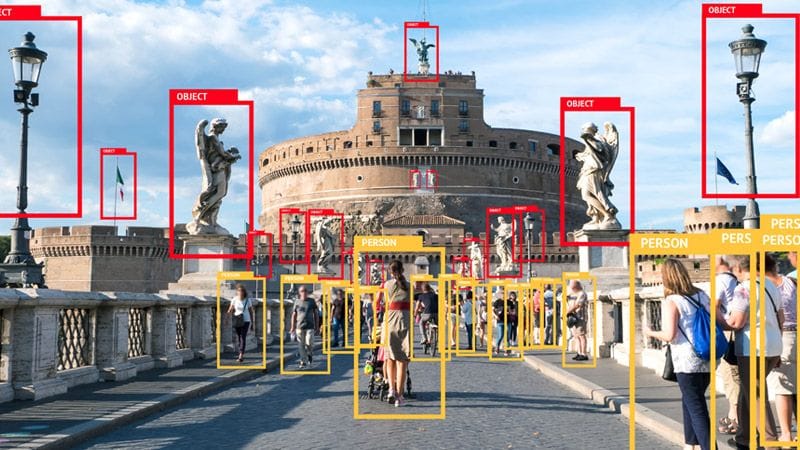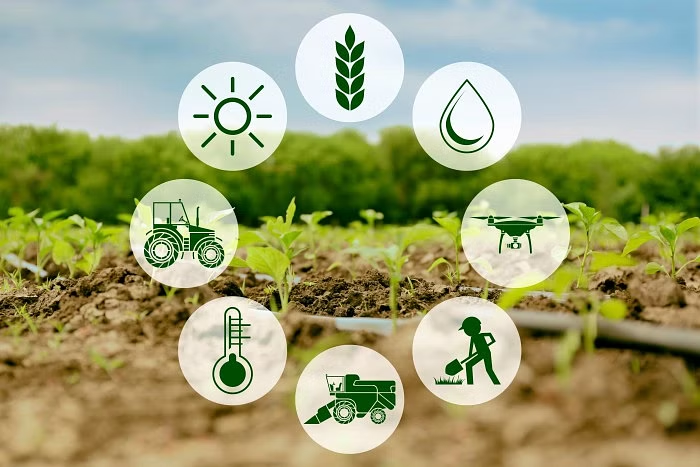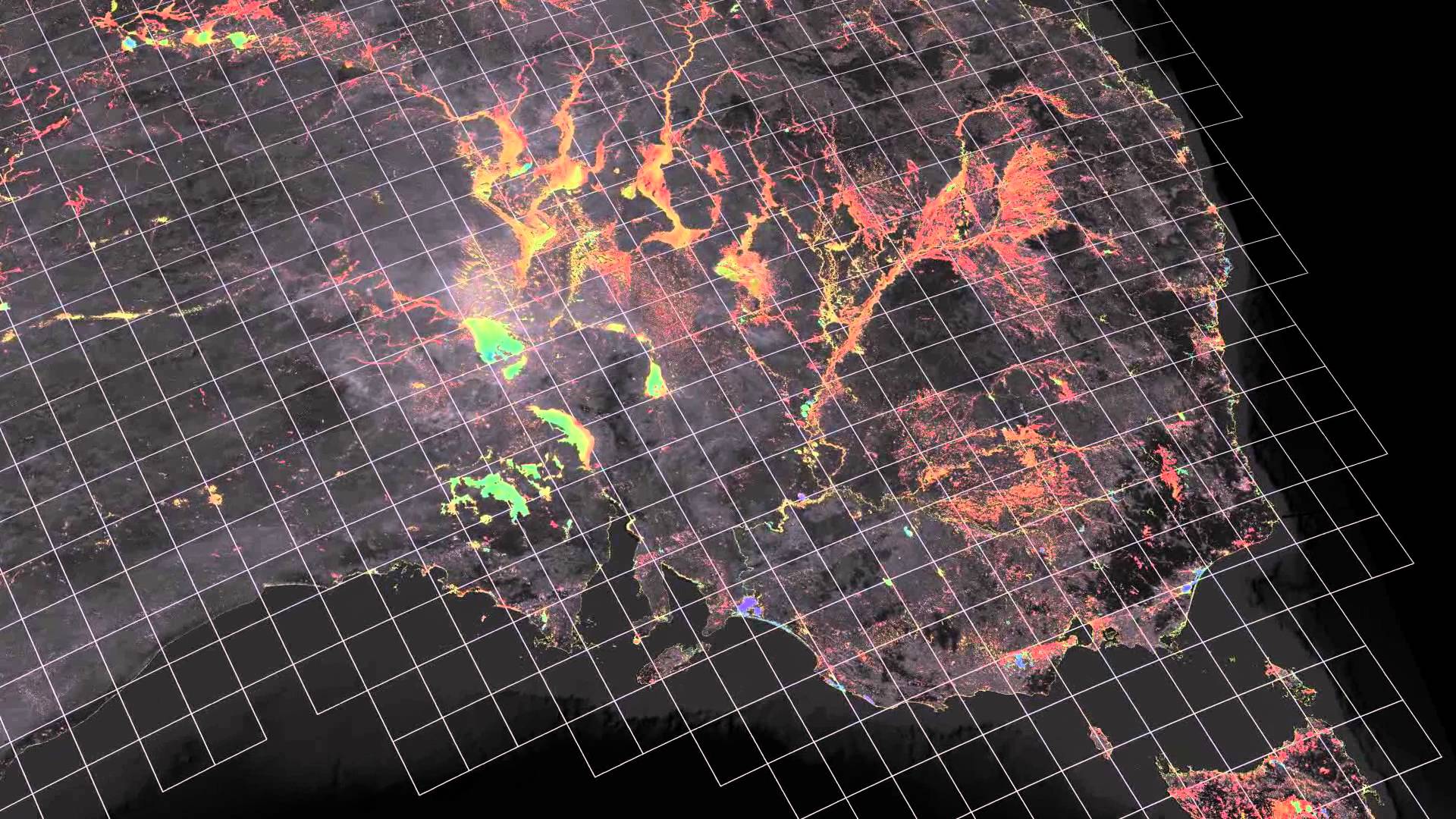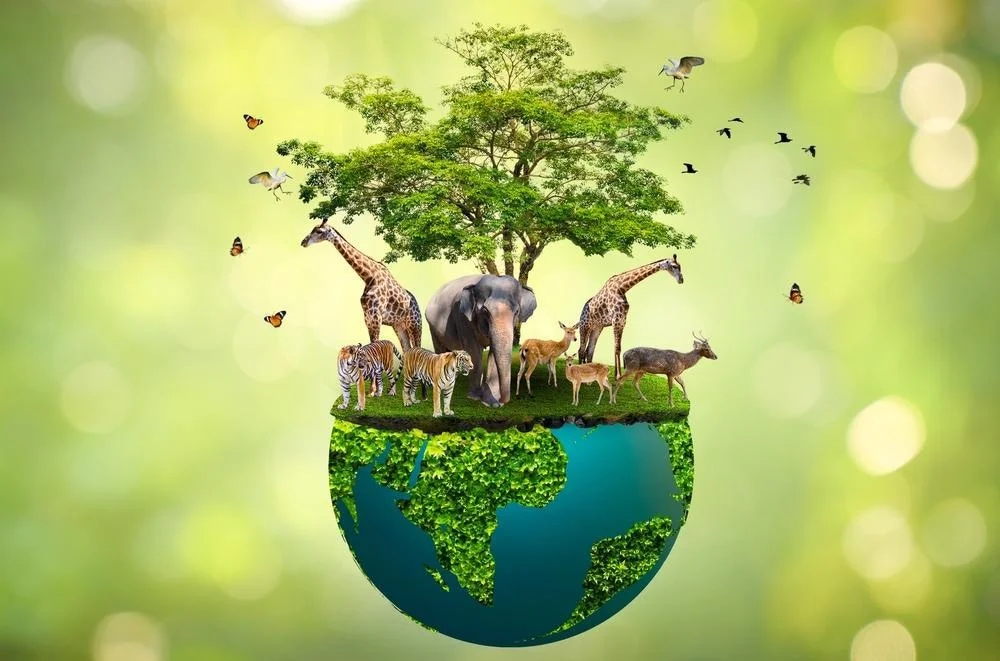8 Industries Solving Problems Using Image Annotation

Image annotation is a crucial task in the field of computer vision that involves adding metadata to an image.
With the help of image annotation, computers can understand and interpret the contents of images, making it possible to automate various tasks that were previously only possible for humans.
In this blog, we will discuss eight real-life use cases of image annotation. From autonomous vehicles to healthcare, we will explore how image annotation is being used in various industries to solve complex problems and create new opportunities.
We will also examine the different types of image annotation techniques being used, such as bounding boxes, semantic segmentation, and object detection, to name a few.
By the end of this blog, you will have a better understanding of how image annotation is transforming the way we interact with machines and how it is making our lives easier and more efficient.
Real-World Applications of Image Annotation
Here are some real-life use cases of image annotation:
1. Image Annotation in Autonomous Vehicles

Image annotation is vital in the development of autonomous vehicles. With the help of image annotation, self-driving cars can recognize and interpret the environment around them, enabling them to make intelligent decisions. Image annotation is used to identify objects, such as pedestrians, traffic lights, and other vehicles, and to distinguish between different types of roads, such as highways and city streets.
2. Enhancing Healthcare with Image Annotation

Medical imaging is another area where image annotation is being used extensively. Medical professionals use image annotation to label and annotate medical images, such as X-rays, CT scans, and MRIs, to identify different anatomical structures and anomalies. This helps medical professionals diagnose and treat patients more accurately and efficiently.
3. E-commerce and Retail: Leveraging Image Annotation

Image annotation is also used in the retail industry to enhance customer experience. Retailers use image annotation to identify different products, such as clothing items, and to categorize them based on attributes such as size, color, and style. This helps retailers create personalized recommendations for customers and optimize inventory management.
4. Image Annotation in Security and Surveillance: Case Studies

Image annotation is also being used in surveillance and security to enhance public safety. Surveillance cameras are equipped with image annotation technology to identify potential threats, such as suspicious individuals or packages, and to alert security personnel in real time. This helps law enforcement agencies respond quickly to potential threats and prevent criminal activity.
5. Image Annotation for Agriculture: Transforming the Industry

Image annotation is also being used in the agriculture industry to increase crop yields and optimize resource utilization. With the help of image annotation, farmers can identify different types of crops, monitor their growth, and identify potential pests and diseases. This helps farmers make informed decisions about irrigation, fertilization, and pest control.
6. Geospatial Analysis: The Role of Annotation

Geospatial analytics involves the analysis of spatial data using various tools and techniques. Image annotation is used in geospatial analytics to identify and label different features, such as buildings, roads, and bodies of water, on satellite and aerial imagery. This helps urban planners, environmental scientists, and other professionals make informed decisions about land use and resource management.
7. Wildlife Conservation

Image annotation is also being used in wildlife conservation to monitor and track endangered species. With the help of image annotation, conservationists can identify individual animals and track their movements, behaviors, and habitats. This helps conservationists make informed decisions about habitat conservation and population management.
8. Social Media

Image annotation is used in social media applications to tag and identify individuals in photos and videos. This makes it easier for users to find and share images and creates a more personalized and engaging social media experience.
Overall, image annotation is a powerful tool that is transforming the way we interact with machines and the world around us. By leveraging image annotation techniques, businesses and industries are able to solve complex problems, increase efficiency, and create new opportunities.
Conclusion
In conclusion, image annotation is a vital technology that is transforming the way we interact with machines and the world around us. With applications in industries ranging from healthcare to agriculture, image annotation is helping businesses and organizations solve complex problems and increase efficiency.
From improving autonomous vehicles to enhancing the gaming experience, image annotation is making our lives easier and more convenient. By leveraging techniques such as bounding boxes, semantic segmentation, and object detection, image annotation is helping computers understand and interpret the contents of images in a way that was previously only possible for humans.
Frequently Asked Questions
1. What is the utilization of image annotation?
Image annotation holds a substantial role in the realm of computer vision, which enables computers to attain a sophisticated comprehension of digital images and videos. Annotation, also known as image tagging, stands as a foundational phase in the development of image recognition algorithms and deep learning models.
2. What are the advantages of annotation?
Annotation stands out as a crucial element in the advancement of AI applications. HAIVO Annotation, Data Annotation, Data Validation for AI, and Data Collection for AI represent the primary advantages of annotation. These benefits empower AI to swiftly recognize and comprehend data, enabling it to operate with enhanced intelligence and efficiency.

Simplify Your Data Annotation Workflow With Proven Strategies
.png)


